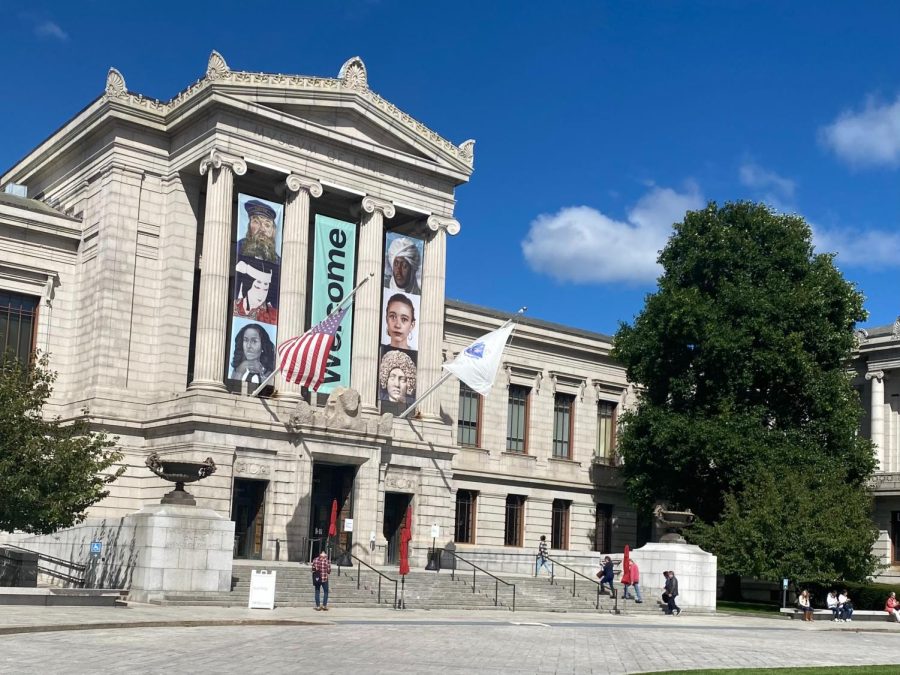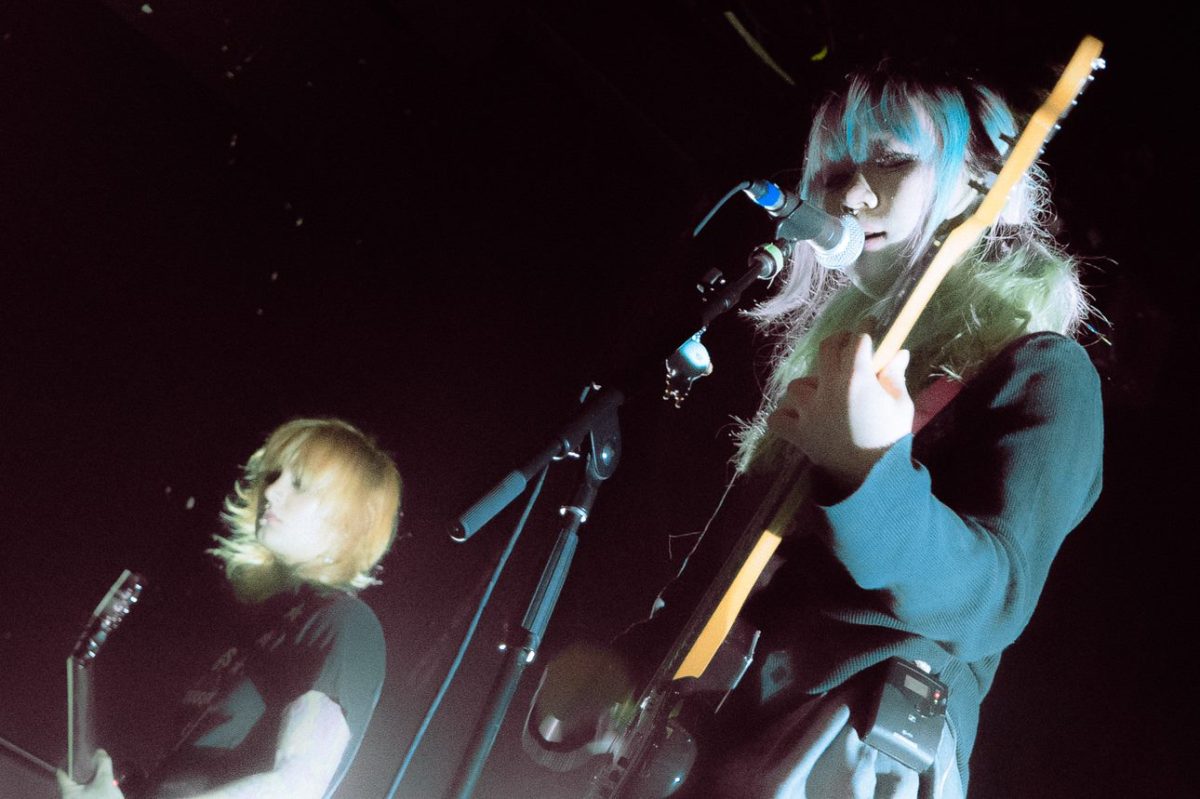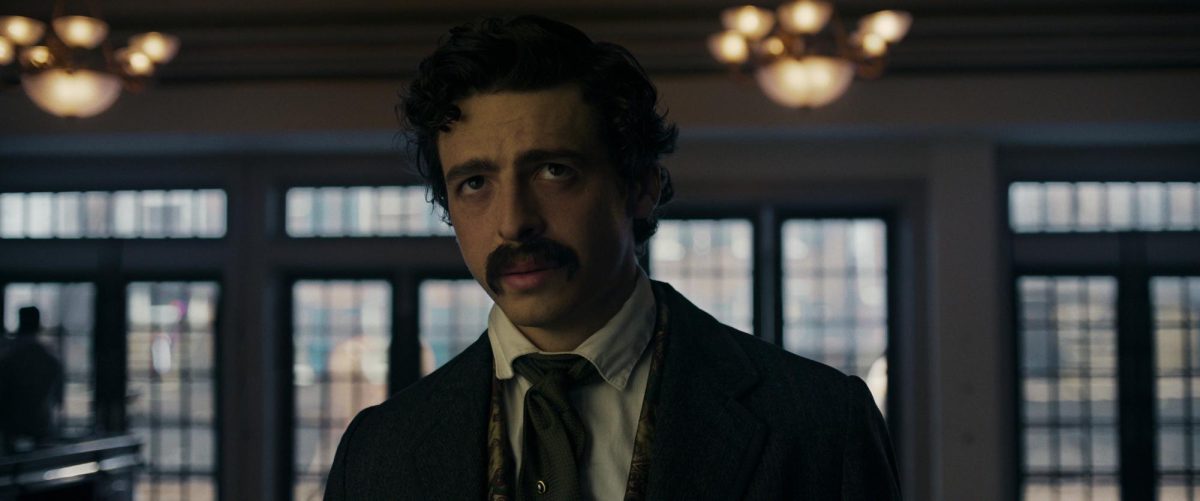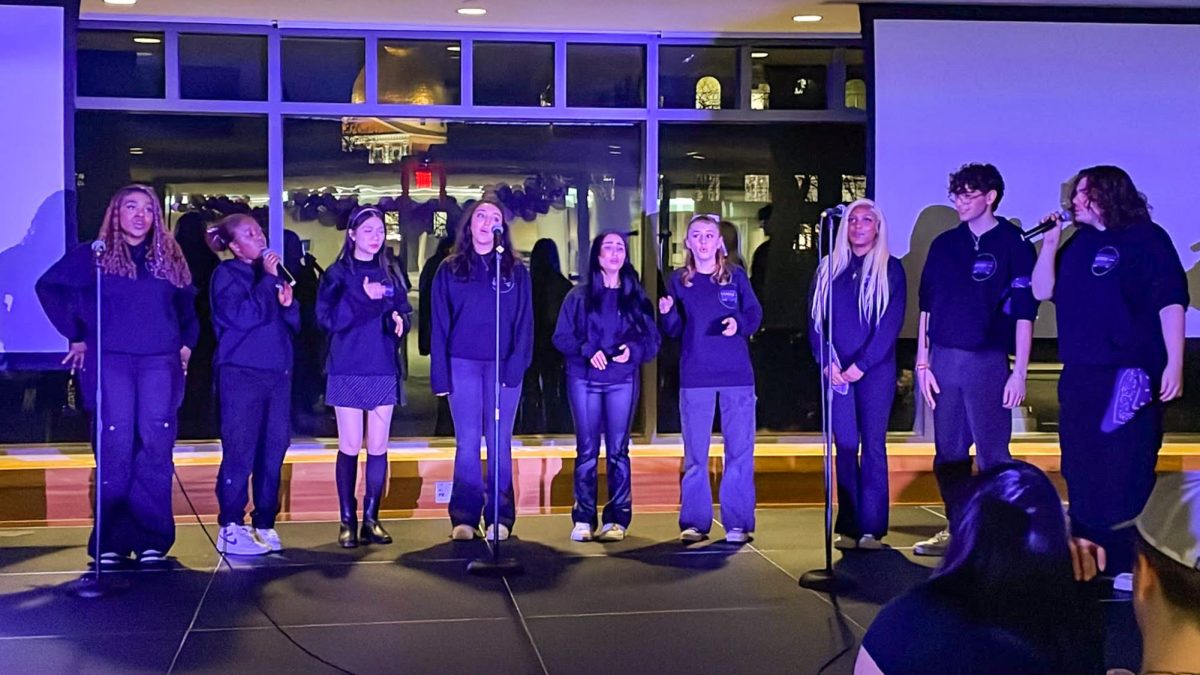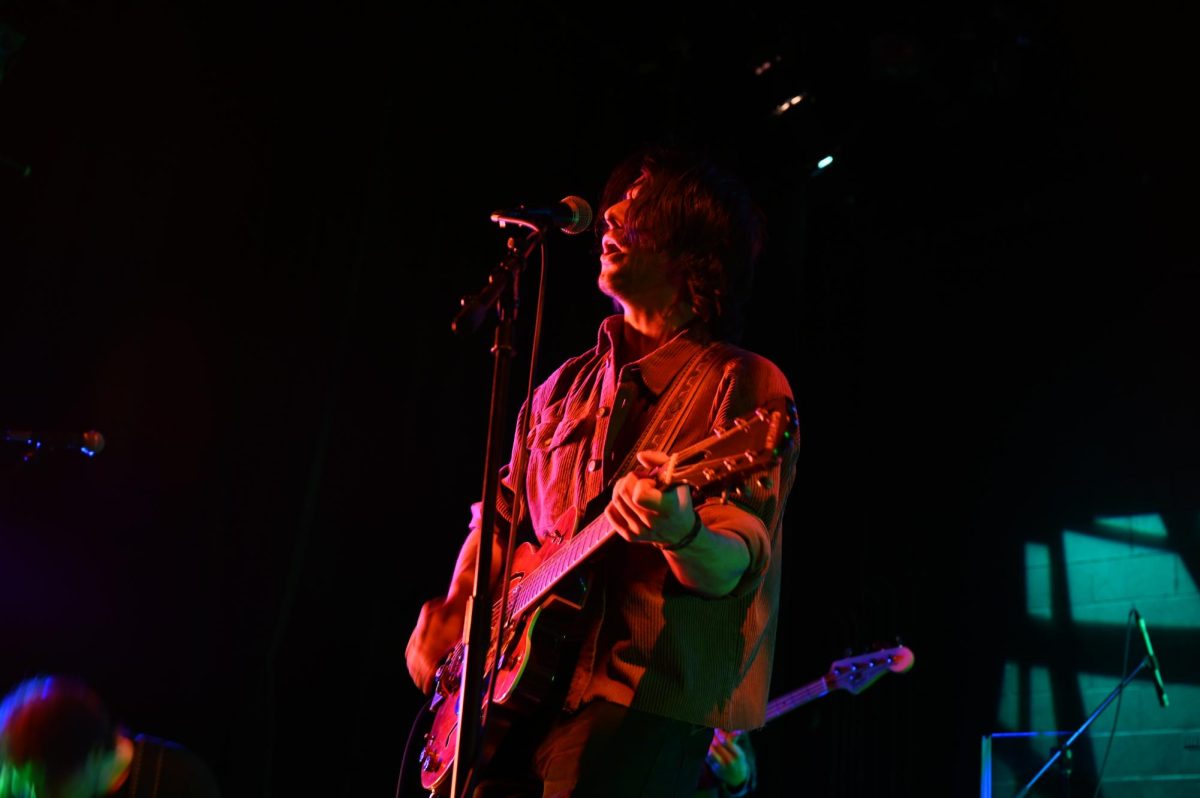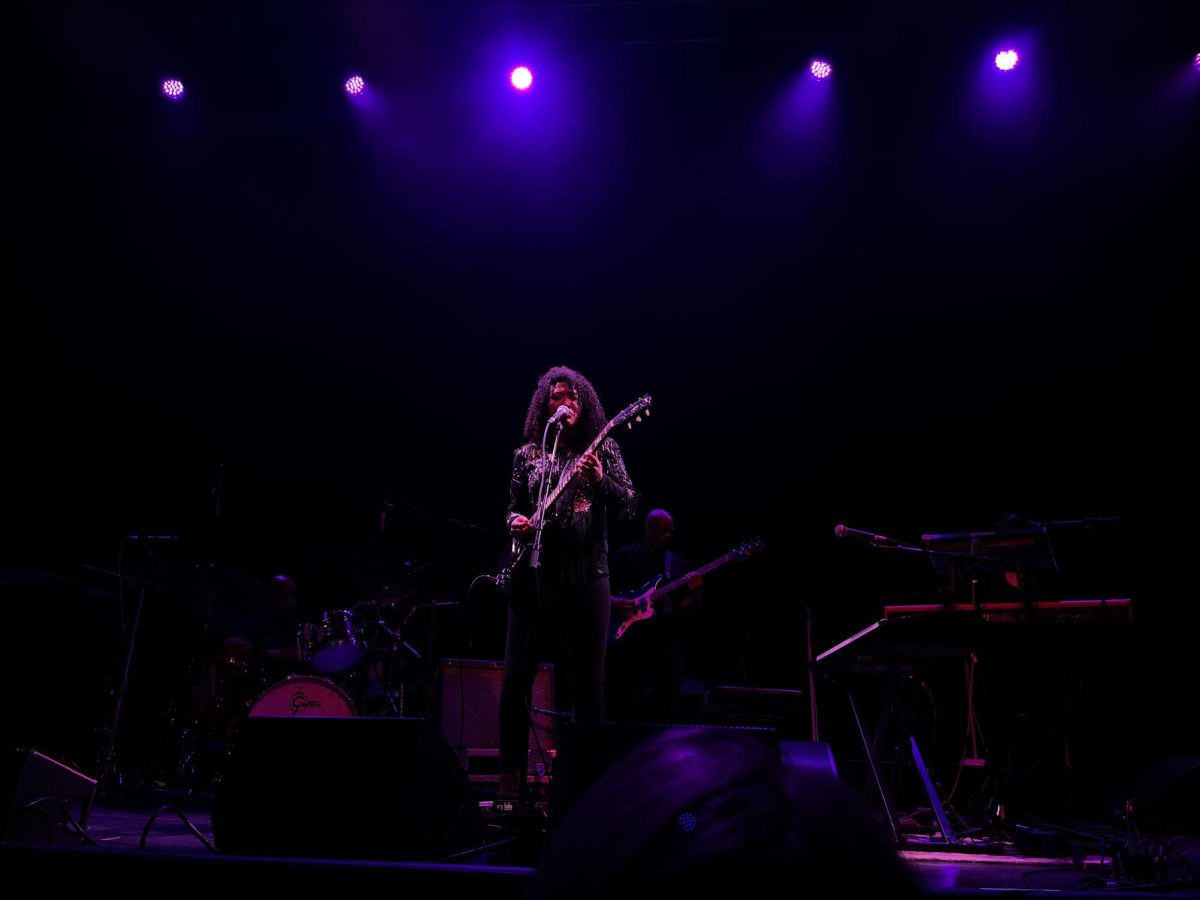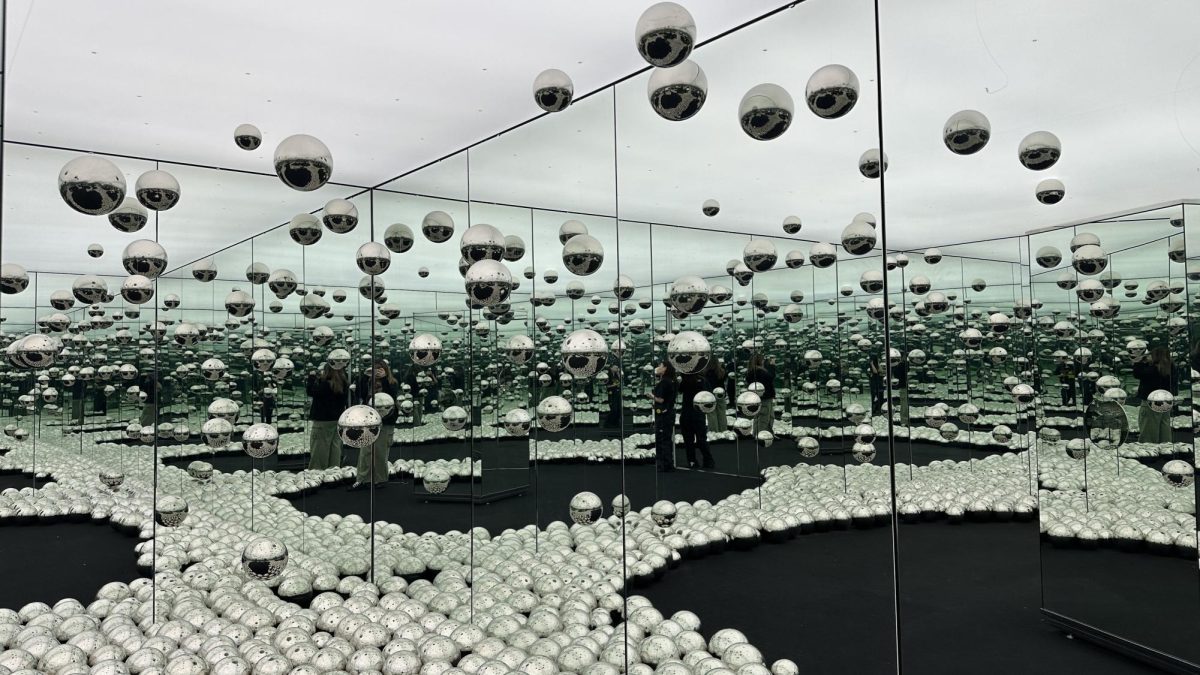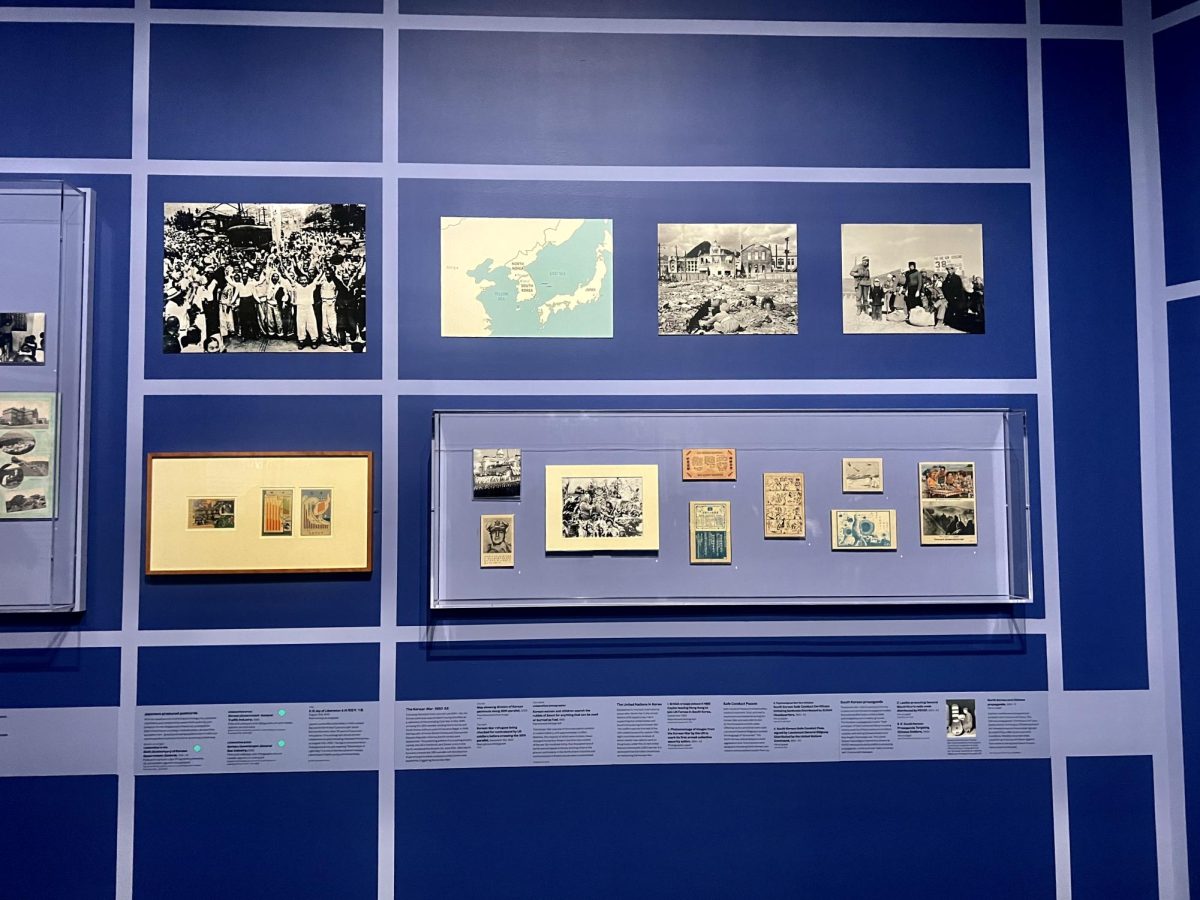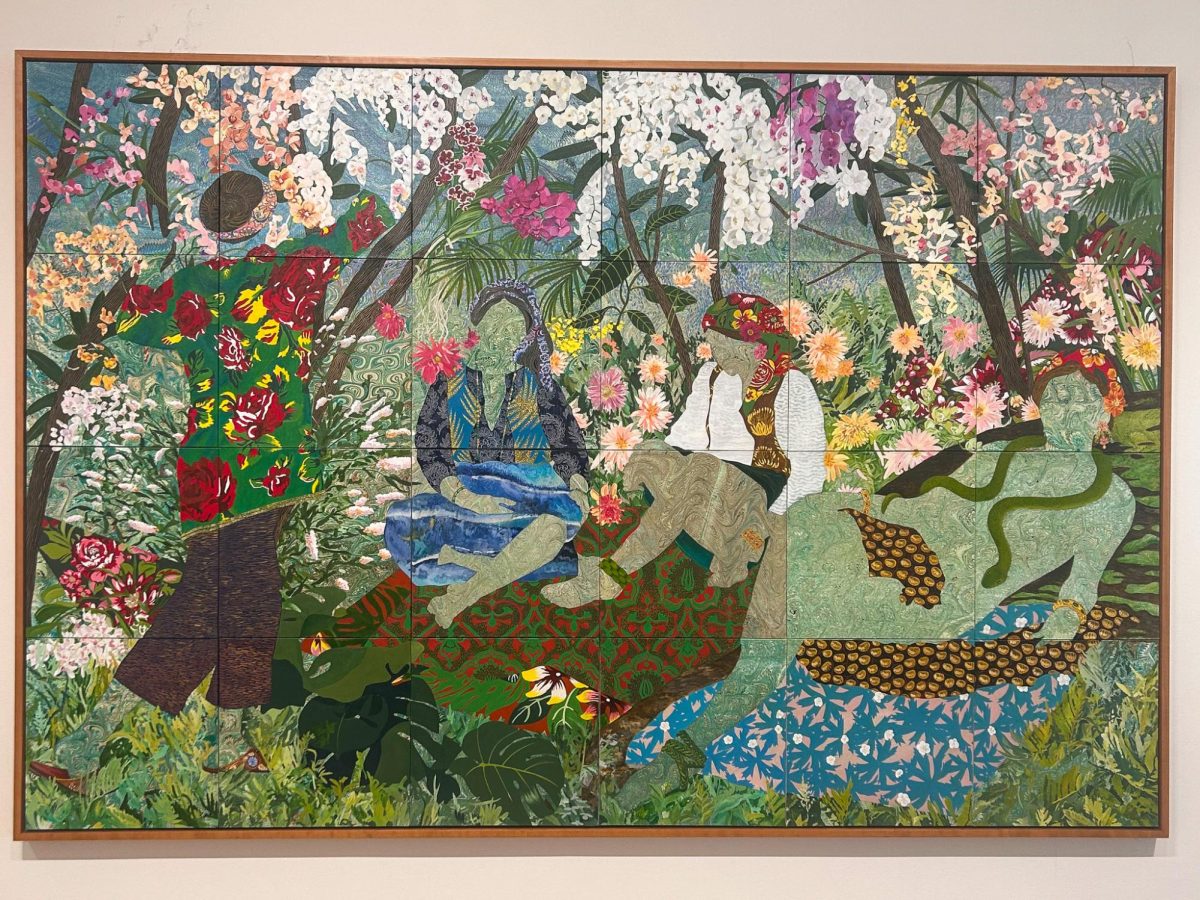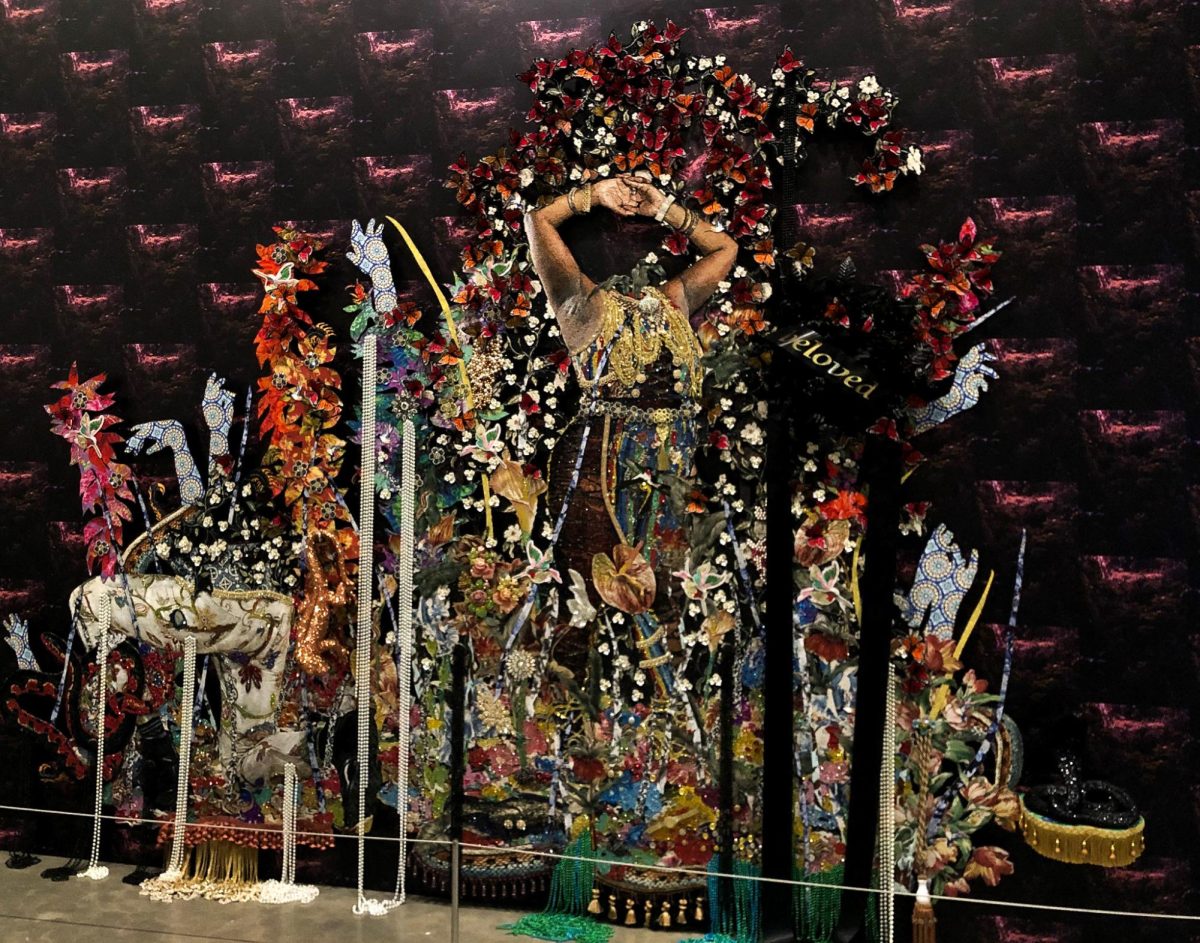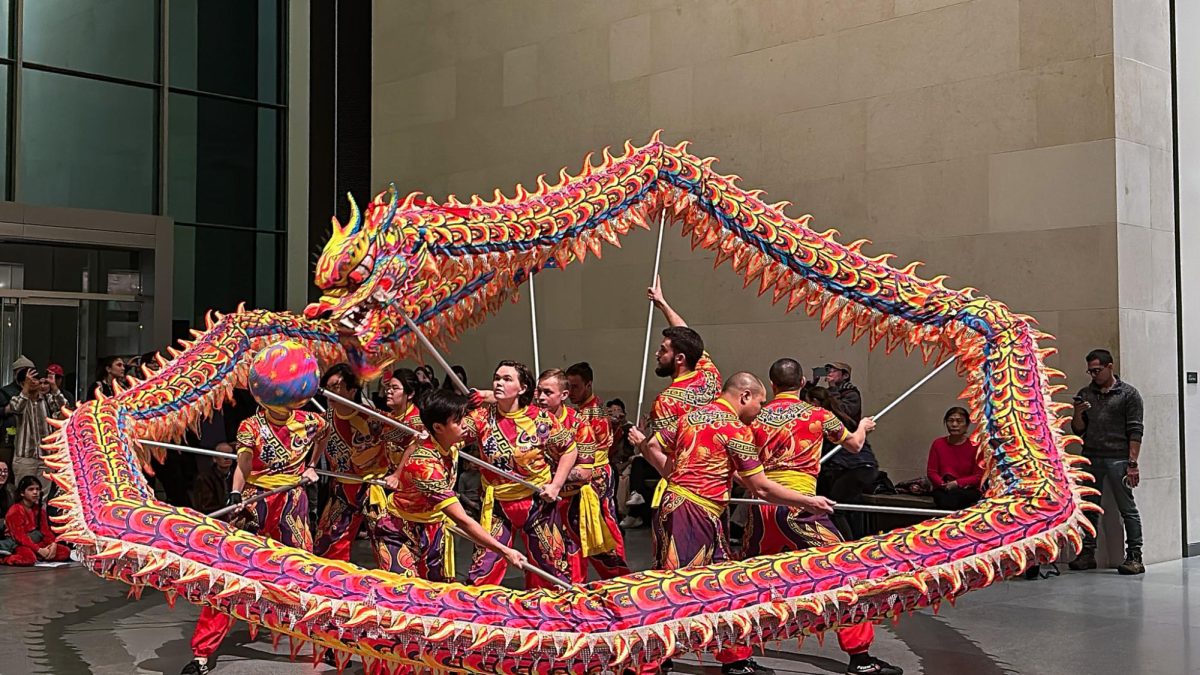The Museum of Fine Arts celebrated the science of art conservation this year with a behind-the-scenes look at its own conservation center this past weekend in the “Conservation Up Close” event.
The Robert and Carol Henderson Conservation Learning Center and the Pamela and Peter Voss Conservation Seminar Room were used to let the public in for a glimpse of the restoration process from Nov. 10-14. The experience was included with a general admission ticket.
The MFA has been using its resources to preserve both its own pieces and artworks from other institutions for a few years and with an extensive six lab production space, the museum has been able to protect all types of artwork, from canvas to sculpture. The conservation space was developed with learning in mind, having all six labs connected by an open space in the center. Tour topics ranged from general information about conservation to the specific restoration techniques used on a variety of pieces.
Professionals at the MFA such as Rhona Macbeth, director of conservation and scientific research, lead tours on the everyday care of artwork to keep up the museum’s priceless conditions of all areas of artwork. Christine Storti, head of furniture and frame conservation, led presentations on the “Vivarni Altarpiece”. The piece was originally made in 1485 and is composed of nine separate paintings all held in a piece of its original altar frame. It also contains elements of sculpture. This art piece is currently not set to be on display, but will hopefully be finding a home in the museum soon after its restoration.
Similarly, “The Progress Vase,” originally made in Taunton, Mass. by Reed and Barton Silversmiths, was on display during its restoration process this past weekend. New technology was used by Gerri Strickler, a conservator with the Objects Conservation Laboratory. X-radiography technology is used to pinpoint specific areas in need of repair, finding some of the harder-to-track imperfections of the piece via X-ray imaging.
Other presentations included the restoration and repair of Japanese metalworking. The museum has been at the forefront of Asian art collection and restoration. The MFA has the largest collection of sculptures and other three-dimensional artworks from Asia, which started accumulating in the 1880s. This collection was only the beginning of the MFA’s restoration efforts. Since then, the art institution has not slowed down in an effort to continuously bring old art back to life.
This MFA event focused on how the process of restoring artwork encompassed scientific research and artistic technique. Conservation is one of the many intersections of arts and science. The science behind conservation is hard at work in the museum. The scientific methods used to provide important information on artwork like age, material or condition are all present at every step of the restoration process.
The resuscitation of these works being brought to the public eye is a reminder of the importance of these members of a curation team. The restoration of these art pieces is vital for our world to continue to experience the arts of the past. Without the continuous upkeep of art, there would be no museums to display the world’s past treasures.
Museums like the MFA are structured around continuous work outside of the exhibitions. Tireless dedication from the conservation team at the MFA makes these once-in-a-lifetime touring occasions possible. Although the MFA does not have any scheduled event involving the conversation center currently on their calendar, keep an eye out for your next opportunity to see the work of these unsung heroes and their restoration work.
Follow Julia on Twitter @julia_capraro.


